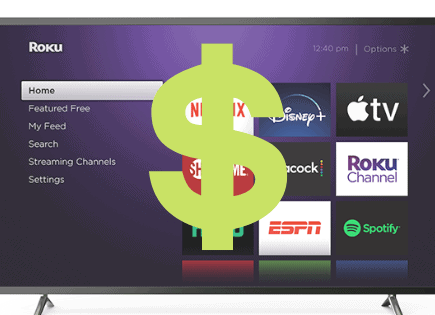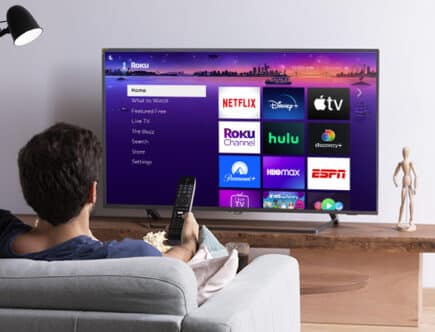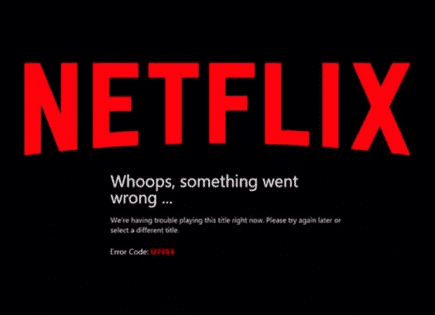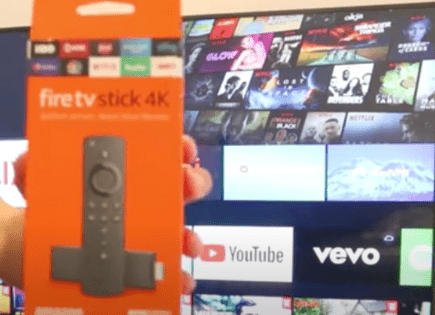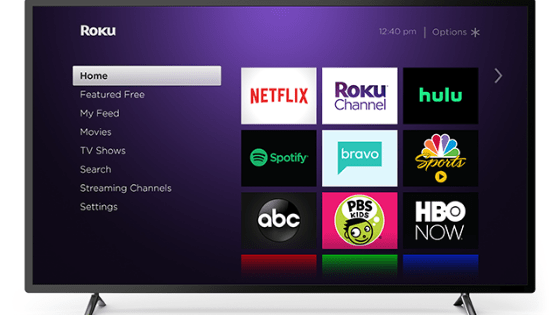
Do I Need Roku If I Have a Smart TV? (YES, Here’s Why…)
“My smart TV already has some apps built in like Netflix, Hulu, Pandora, etc., so why would I need Roku, or any other streaming product for that matter?”
Well, the reality is that while your “smart” TV does come equipped with some video streaming, music, and game apps, it simply falls short when compared to a video streaming product like Roku.
Do I need Roku if I have a smart TV?
While you don’t need Roku if you have a smart TV, when compared to a standard smart TV, Roku has the following: more content options, an easier menu to navigate and manage, a better remote, faster and smoother load times, more frequent updates, and less garbage or “throwaway” apps!
So, even if you already have a smart TV, you should still consider buying a Roku streaming device.
What is Roku?
Roku allows you to access free and paid TV shows and movies, all within a single interface. It acts as a home base for all your entertainment needs.
In a lot of ways, you can think of it like an iPhone. It provides you access to all the TV and movie apps out there and you can pick and choose which ones you want and then organize them accordingly.
And it’s incredibly easy to set up and use.
As a result, most smart TVs have tried to emulate Roku’s success but Roku continues to outshine them in almost every way…
Roku Device Lineup
Roku Express
This is Roku’s entry model and a great option for older TVs that have an HDMI port. It is great for HD streaming, but if you have a 4K TV, you’ll want one of the other options. This Roku also comes with the most basic remote, but it is the lowest-cost option.
Check the price here on Amazon
Roku Express 4K+
This model has both 4K and HDR streaming capabilities. The remote is upgraded from the entry-level Roku Express, which includes voice control and control of your TV.
Roku Streaming Stick 4K
The next model is designed to be plugged directly into your TV and hidden behind it for a more clean look. It also has long-range Wi-Fi so you can stream on a TV that is located further from your Wi-Fi router.
Roku Streaming Stick 4K+
This model is similar to the previous one but has an upgraded remote. The remote is rechargeable, allows for personalized shortcuts, and for headphones to be plugged into the remote. These aren’t necessary but are nice upgrades for anyone that would like these features.
Roku Ultra
This is our favorite Roku player and our pick. It has all the features of the previous models but is even faster and more powerful. It also includes an ethernet port for a faster connection. This is going to be your best streaming option, unless, of course, you want your streaming device also to be a speaker!
Roku Streambar
This is a unique device that Roku is offering. It is both a streaming device and a soundbar. If you are looking for a simple cost-effective solution, then this is a great one. The reviews of this device have liked the sound, but there are definitely better options. I think this will work for many folks at home looking for a simple upgrade. You can also pair this with other Roku speakers for surround sound or add a subwoofer for bass. Keep in mind, steaming devices might not last as long as a soundbar would and you might have to upgrade both devices instead of just one in the future.
Roku Streambar Pro
The Streambar Pro is a larger, upgraded version of the Streambar. The sound quality is improved, but the price is higher. Depending on your budget, this is worthwhile to consider if you like the streaming device and soundbar combo.
Content is king
It wasn’t all that long ago that your TV options were quite limited – you either had cable or you didn’t.
Then came premium channels like HBO, Showtime, and Starz. You had to pay extra for access to this “premium” content but it was, in large part, drastically better than cable television.
This premium model of streamable content really started to take off in the 2000s with companies like Netflix blazing the trail.
Not long after the success of Netflix, the Hulus, Amazon Primes, and Disney Pluses of the world started popping up. Suddenly, consumers’ access to great content expanded exponentially.
The TV watching world underwent a dramatic shift from a foundation built on cable to a foundation built on streaming apps.
Unsurprisingly, that’s when “smart” TVs started to come about.
The TV manufacturers realized that folks wanted easy access to their existing streaming subscriptions, so they started working with these companies to build their apps directly into their TVs.
This was great in some ways (you had access right from your TV) and crap in others.
The crap part was/is that TV brands have to fight for contracts with these streaming services in order to put them on their TVs, and even worse, sometimes these deals become “exclusive.”
All of this is to say – your smart TV doesn’t have access to all the streaming apps out there.
That’s where Roku comes in.
Because Roku has built such a massive user base (it’s the current market leader for streaming services), streaming apps like Netflix, Hulu, and others want to be on the Roku platform because that’s where the consumer is.
As a result, Roku has the most streaming apps out there. If you have a subscription to a streaming service, chances are extremely high that you can access it with Roku.
That’s just not the case with your stand-alone smart TV.
User experience matters
TV manufacturers originally got into the business of building and selling TVs (hardware), not software. And it shows.
As the trend towards smart TVs emerged, companies like LG, Vizio, and Sony scrambled to assemble teams of engineers, developers, and designers to build the app interface you ultimately interact with to find and launch Netflix, for example.
These “smart” features were seen more or less as “add-ons” to the TV and as a result, the interfaces these companies came up with simply aren’t user-friendly or intuitive.
It can be downright painful just trying to find a streaming app on many of these TVs.
Roku, on the other hand, was born alongside these streaming apps. Interestingly enough, Roku used to be owned by Netflix.
Consequently, from the onset, Roku had the end-user, you, in mind when it built its software. The design is simple and easy to use and you can organize and rearrange the menu/apps as you see fit.
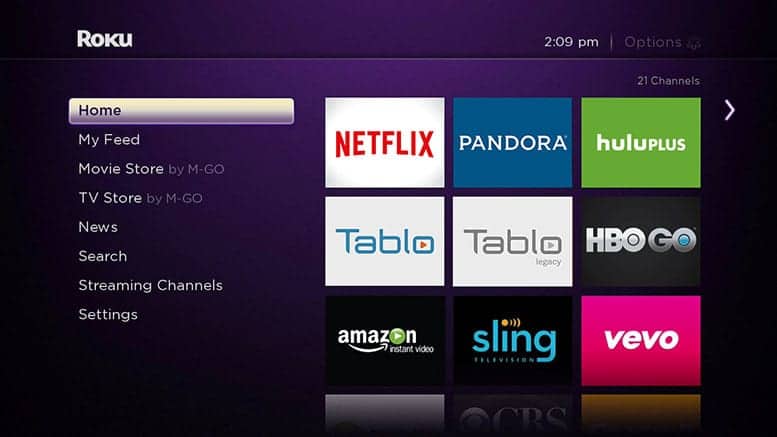
If you can use an iPhone, you can use Roku.
Remote controls are still a thing
Another underrated aspect of Roku is the remote you get with it.
In my experience, the “smart” TV remote you get when you buy a TV is usually oversized and has 50+ buttons on it.
It’s confusing to use.
Roku’s remotes are delightfully simple (noticing a theme here?). Depending on which remote you get, there are usually fewer than 20 buttons, and they all serve a purpose.
Aside from basic functionality like controlling the TV’s volume and changing channels, it also has “quick-launch” buttons for popular streaming services like Netflix and Hulu.
These allow you to launch the apps with a single click of a button. Not bad.
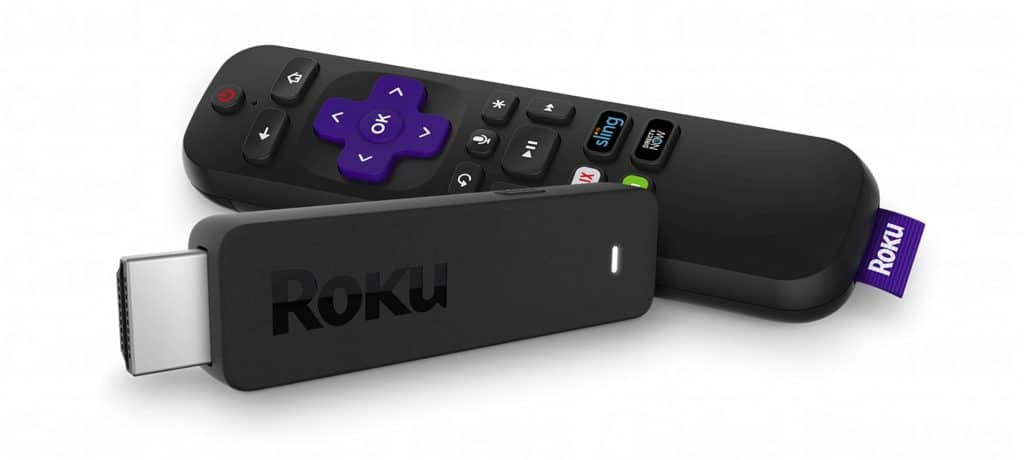
You can also use the remote to organize your home page of apps and move your favorite apps to the top.
In addition to the actual remote, Roku built a “Roku remote app” that you can download to your smartphone.
This is really handy for folks who often lose remotes but rarely lose their iPhones.
Speed makes a difference
Smart TVs drop the ball on speed in two main ways.
The first is on the hardware side.
The majority of smart TVs have fairly weak processors built into them. These processors have a hard time keeping up with the demands of streaming apps like Netflix.
I’ve personally experienced a ton of lag time when trying to use streaming apps through the smart TV interface.
The second speed constraint comes from the software side.
Streaming apps focus their time and energy on developing and building their app to be compatible with the platforms that reach the greatest number of consumers. Right now, there are really four major players: Roku, Apple, Amazon, and Google.
So if you’re not one of those four companies, odds are the app built for your product didn’t get built with the same level of care and attention to detail.
That’s why it’s slow and buggy and occasionally it will outright freeze on you.
Software changes often- updates are necessary
The same reason identified above (major streaming apps just not focusing a lot of their time and resources building their app for anyone other than the Big Four) has an impact on software updates.
Software is never “done.” It is always changing and (hopefully) improving.
As new changes, features, and fixes are implemented, they are released and made available as an update to the existing software version.
These updates and fixes happen faster and more often on Roku than they do for any smart TV version.
Again, it’s all about the consumer and the majority of consumers are on Roku. It just makes sense that Roku would focus its energy there.
Throw away the trash
A big annoyance of smart TV interfaces is the junk they add that you can’t get rid of.
There are always obscure streaming apps that make a deal with the TV manufacturer to be included in their interface. You then have to look at them every day and never even use them!
This doesn’t happen with Roku because you have 100% control over your app menu.
See an app you don’t use? No problem, delete it.
Can’t see an app you have a subscription with?
Don’t worry- just search for it and download it. Then rearrange your menu so it shows up at the top.
Again, these are simple concepts that Roku has mastered but smart TVs have not.
Exceptions
There are certain situations where buying Roku or another streaming service just isn’t necessary.
The first would be if you aren’t using the “smart” aspect of your smart TV.
For example, if you only watch cable and don’t have subscriptions to any streaming apps, then obviously, don’t buy Roku.
And yes, a smart TV will work without an internet connection.
In addition, if you have the latest gaming systems from Xbox or PlayStation, these devices typically have streaming services built into them that work pretty well.
I’d explore these first and see if you like them before buying Roku.
And finally, you can avoid buying an additional device altogether by just buying a smart TV with Roku built in!
Several different TV manufacturers have gone this route, including TCL and Sharp.
Conclusion
So, do you need Roku if you already have a smart TV? Regardless of whether or not you already have a smart TV, you should consider buying a Roku streaming device because Roku has:
- More content
- A better interface
- A simpler remote
- Faster loading time
- More frequent updates
- Less “throwaway” apps
That said, if you only watch cable on your smart TV, or if you have an Xbox or PlayStation, you don’t really need Roku since these devices already have robust streaming interfaces built-in.

